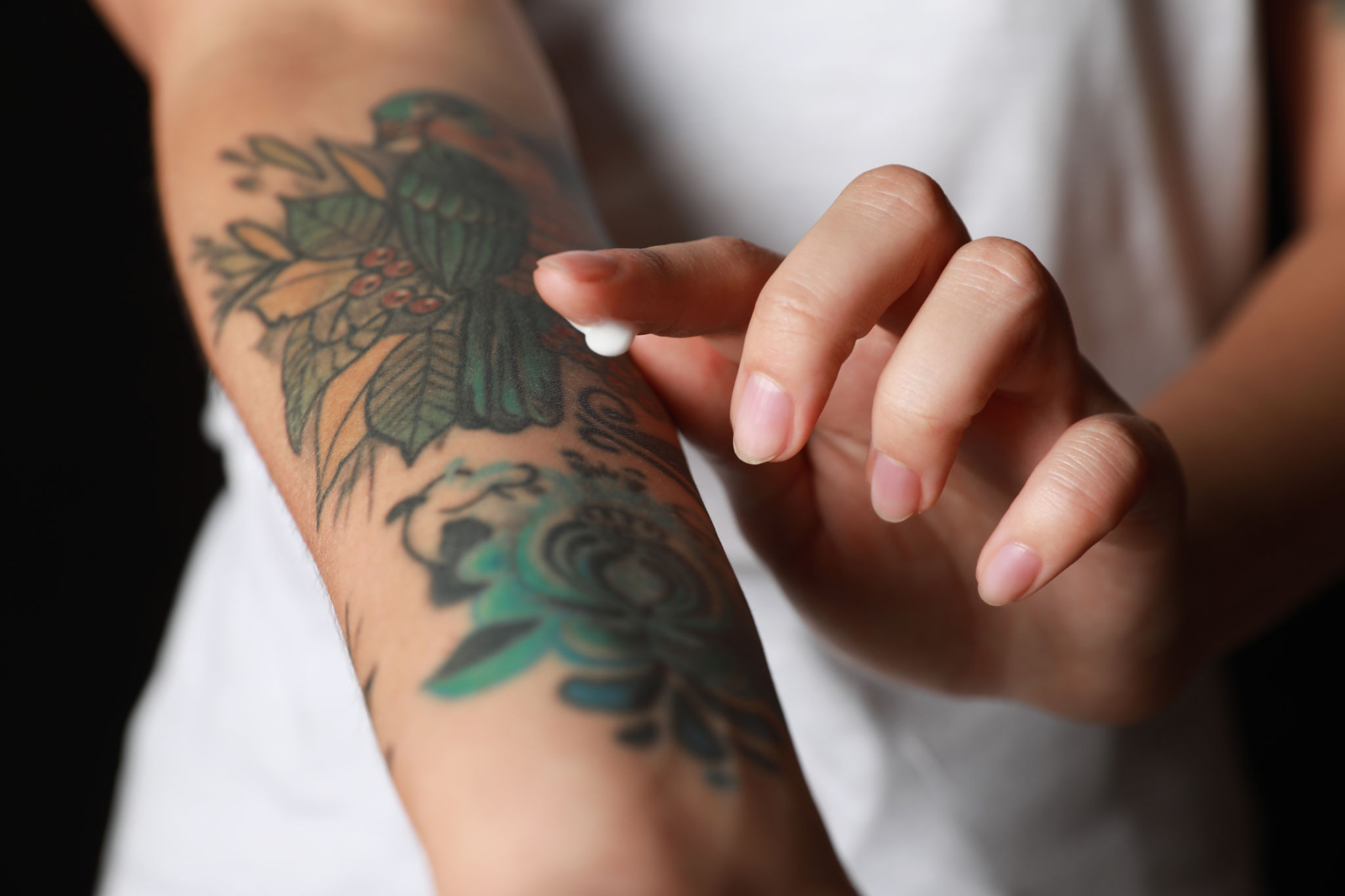What to Expect During a Blackout Tattoo Session
Understanding Blackout Tattoos
Blackout tattoos have become increasingly popular in recent years due to their bold and striking appearance. This style involves covering large areas of the skin with solid black ink, creating a dramatic effect. Whether you're looking to cover up an old tattoo or simply love the aesthetics, understanding what to expect during a blackout tattoo session is crucial for a successful experience.

Preparing for the Session
Preparation is key when it comes to getting a blackout tattoo. It's essential to research and choose a skilled tattoo artist who specializes in this style. Discuss your ideas and expectations with them in advance to ensure they can deliver the results you desire.
Additionally, make sure to prepare your skin for the session. Keep it moisturized and avoid sunburns or any injuries that could affect the tattoo process. Hydration is also important, so drink plenty of water in the days leading up to your appointment.
The Tattooing Process
During the session, the artist will begin by outlining the area to be blacked out. This step helps to define the boundaries and ensures precision. Once the outline is complete, the artist will start filling in the space with black ink, layer by layer, until the desired opacity is achieved.
Blackout tattoos can be more time-consuming than regular tattoos due to the large amount of ink used. Depending on the size of the area, multiple sessions may be required. Be prepared for long hours in the chair and plan accordingly.

Pain Levels and Management
Blackout tattoos can be more painful than standard tattoos, mainly because larger needles are often used to cover extensive areas. Pain tolerance varies from person to person, but it's helpful to be mentally prepared for some discomfort.
To manage pain, consider taking breaks during the session and communicate openly with your artist about your comfort levels. Some people find that listening to music or practicing deep-breathing techniques can help alleviate discomfort.
Aftercare and Healing
Proper aftercare is crucial for ensuring your blackout tattoo heals well. Follow your artist's instructions diligently, which typically include keeping the area clean, applying recommended ointments, and avoiding sun exposure and swimming.
Healing times can vary, but generally, it takes a few weeks for the skin to recover fully. It's important to be patient and allow your body the time it needs to heal properly.

Long-term Maintenance
Once your blackout tattoo has healed, maintaining its appearance is essential. Regular moisturizing can help keep the skin healthy and prevent fading. Additionally, applying sunscreen when exposed to sunlight will protect the tattoo from UV damage.
Over time, you might consider touch-ups to keep your blackout tattoo looking fresh and vibrant. Discuss with your artist about when these might be necessary based on your skin type and lifestyle.
Final Thoughts
A blackout tattoo is a significant commitment that requires careful consideration and preparation. By understanding the process and knowing what to expect during each stage, you can ensure a positive experience and enjoy your bold new design for years to come.